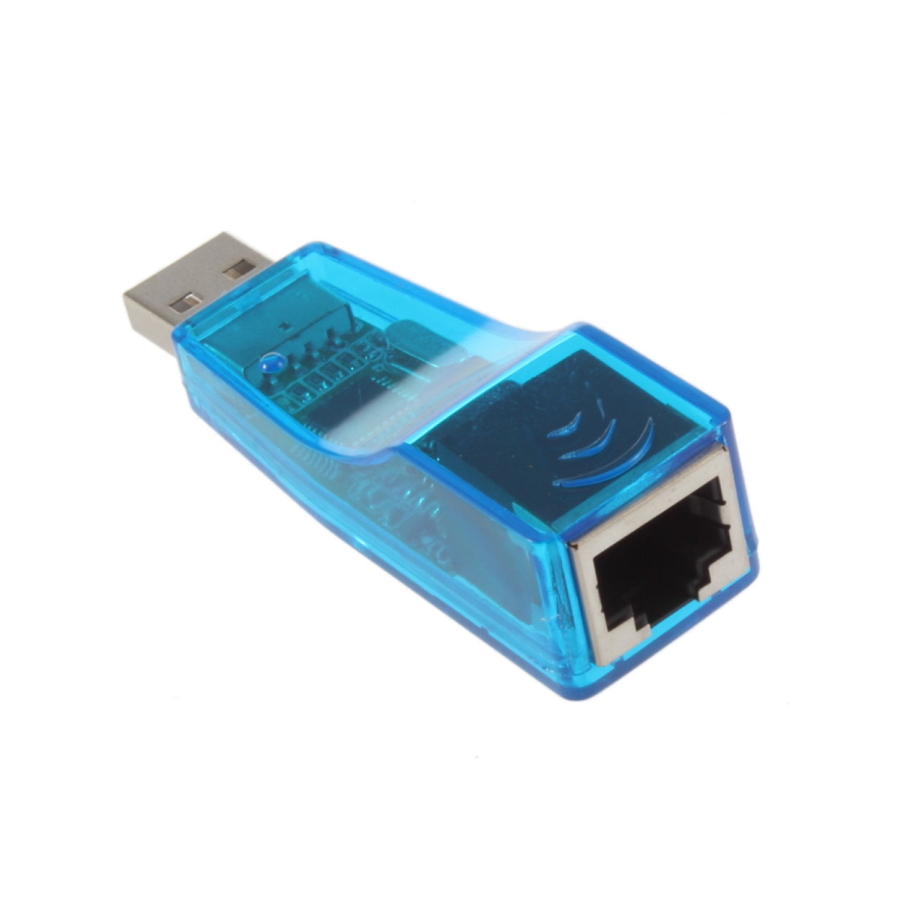
Alternatively, if the g_ether driver was built into the kernel, you can specify parameters on the kernel command line:.You can specify a device MAC address and host MAC address using the parameters dev_addr and host_addr respectively. Load g_ether module on target system, OR build the driver into the kernel.CONFIG_USB_ETH_RNDIS=y (If connecting to Windows Host).Kernel built with the following options:.Once the interfaces exist, they can be treated as if they were normal Ethernet interfaces. The host can be either Windows or Linux, but an extra driver is required to see the device on a Windows host. Once the USB cable is connected to the host, it creates an interface known as usb0 on the host machine. Once the driver is loaded, it creates an interface called usb0 on the target. The g_ether driver can be built into the kernel, or loaded as a module.

This is accomplished by using the g_ether driver. Fortunately, the Linux USB gadget subsystem provides a way to leverage existing hardware (many devices have a USB device port) to use utilities such as NFS, SSH, and FTP. While testing a product or designing a system, it may be desirable to use Ethernet to transmit data to and from the device. Most consumer embedded systems omit an Ethernet port completely, as do some development boards (such as the Atmel AT91SAM9RL-EK board).

From the top bar, select '', then 'Restart'.From the top bar, select 'Utilities' and then 'Terminal'.Let go, and wait for your computer to boot into recovery mode. As soon as the screen goes black, hold down 'Command' and 'R' until you see a black screen with an Apple logo and a white progress bar. Unplug your USB adapter, and reboot and give yourself a clean slate.Uninstall the dozens of other drivers you may have installed in the process of trying to get this working.Steps to get your adapter working if you've never used the adapter before in Mac OS 10.11 El Capitan.


 0 kommentar(er)
0 kommentar(er)
